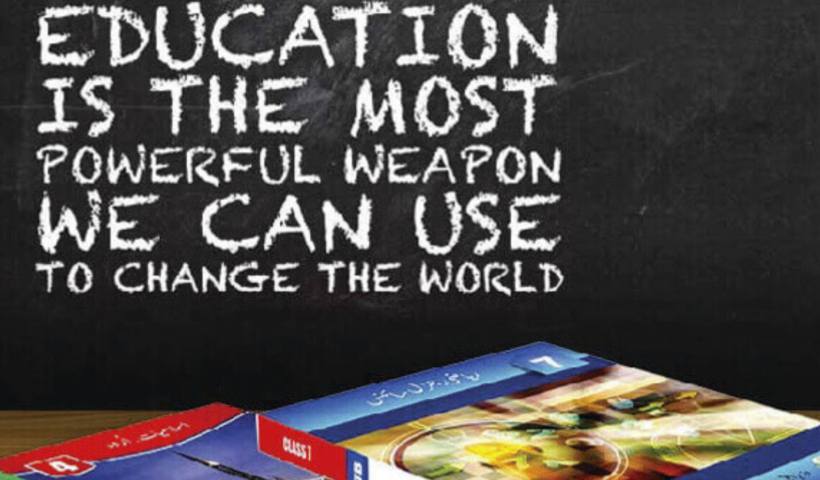Prophet Muhammad (PBUH) and His Timeless Teaching Methods
Click Here For Reading Prophet Muhammad (PBUH) and His Timeless Teaching MethodsCategory: Education
New TextBooks 9th 2025 || PCTB Punjab
Dear Visitor You can download all new books of 9th class from these links: New TextBook of Translation of Holy Quran 9th 2025 || THQ…
Click Here For Reading New TextBooks 9th 2025 || PCTB PunjabWhat is PERMA || Exploring Authentic Happiness: A Journey into Positive Psychology
Exploring the Book “Authentic Happiness” and Understanding Well-Being and Positive Psychology Introduction to the Book and Author “#Authentic #Happiness” is a groundbreaking book written by…
Click Here For Reading What is PERMA || Exploring Authentic Happiness: A Journey into Positive Psychology“Why Effective Communication is the Cornerstone of Successful Educational Leadership: Insights from a Teacher and Educational Manager”
Effective communication stands as the cornerstone of organizational success, particularly in educational environments where collaboration, clarity, and continuous feedback are paramount. As both a teacher…
Click Here For Reading “Why Effective Communication is the Cornerstone of Successful Educational Leadership: Insights from a Teacher and Educational Manager”



